What Is The Most Common Disease Caused By Lactobacillus
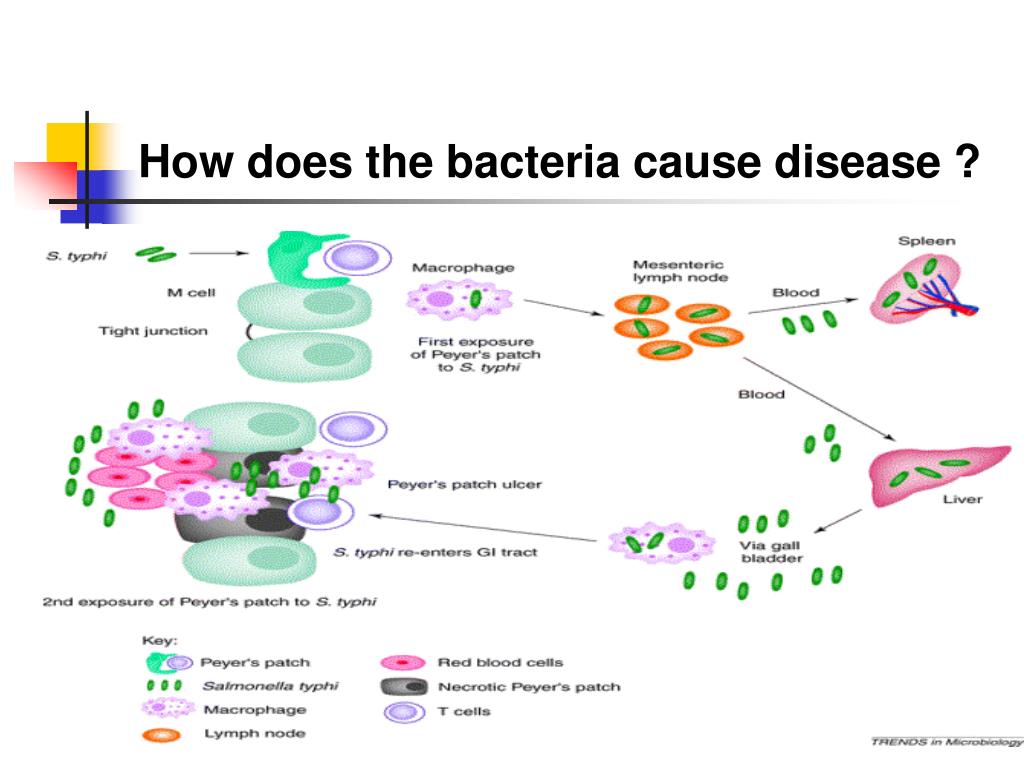
Urgent health alert: While often hailed as beneficial, Lactobacillus bacteria can, in specific circumstances, trigger unexpected health problems. Researchers are now focusing on the less discussed, darker side of this seemingly benign microbe.
This article unveils the most common disease directly attributed to Lactobacillus, clarifying risk factors and dispelling common misconceptions about these ubiquitous bacteria.
The Surprising Culprit: Bacterial Vaginosis
Contrary to popular belief, the most common disease directly linked to Lactobacillus isn't a widespread systemic infection but Bacterial Vaginosis (BV). This condition affects millions of women globally and challenges our understanding of the delicate balance within the human microbiome.
What is Bacterial Vaginosis?
BV arises from an imbalance in the vaginal flora. A decrease in beneficial Lactobacillus species allows other bacteria, like Gardnerella vaginalis, to proliferate, leading to infection.
It is a polymicrobial clinical syndrome associated with replacement of the normal Lactobacillus-dominant microbiota with an overgrowth of predominantly anaerobic bacteria.
The Paradox of Lactobacillus and BV
The prevailing narrative often positions Lactobacillus as a protector of vaginal health. They produce lactic acid, maintaining a low pH that inhibits the growth of harmful bacteria.
However, certain Lactobacillus species can sometimes contribute to BV development when their populations become imbalanced or replaced by other Lactobacillus strains less effective at maintaining a healthy vaginal environment.
Some studies indicate that specific Lactobacillus strains, while present, may not produce sufficient lactic acid or bacteriocins to effectively suppress the growth of other bacteria.
Who is Affected?
BV primarily affects women of reproductive age. Data shows higher prevalence among sexually active women, though BV isn't strictly classified as a sexually transmitted infection (STI).
Other risk factors include douching, which disrupts the natural vaginal flora, and smoking.
Symptoms and Diagnosis
Symptoms of BV often include a thin, white or gray vaginal discharge. Many women also report a strong, fishy odor, particularly after intercourse.
Diagnosis typically involves a physical examination by a healthcare provider. They will examine the vaginal discharge and measure the pH levels.
Treatment and Prevention
Treatment for BV usually involves antibiotics, such as metronidazole or clindamycin. These medications can be administered orally or as a vaginal cream or gel.
Prevention strategies include avoiding douching, practicing safe sex, and maintaining a healthy lifestyle. Probiotic supplements containing specific Lactobacillus strains are sometimes recommended, although their effectiveness is still under investigation.
When and Where Does BV Occur?
BV is a global health concern, with varying prevalence rates across different regions. Studies show higher rates in some racial and ethnic groups.
The Centers for Disease Control and Prevention (CDC) estimates that BV affects millions of women in the United States alone each year.
The Ongoing Research
Researchers are actively investigating the complex interplay of bacterial species in the vaginal microbiome. This includes identifying specific Lactobacillus strains that are most effective at preventing BV.
They are also exploring novel treatment strategies, such as targeted therapies that selectively eliminate harmful bacteria without disrupting the beneficial flora.
Beyond BV: Other Potential Concerns
While BV is the most common disease linked to Lactobacillus, emerging research suggests other potential health concerns. Overgrowth of Lactobacillus in the small intestine, known as small intestinal bacterial overgrowth (SIBO), has been reported.
However, the direct causal role of Lactobacillus in SIBO requires further investigation, as other bacterial species are often involved.
Conclusion: A Call for Vigilance and Further Research
The association between Lactobacillus and BV highlights the intricate nature of the human microbiome. It also demonstrates the need for a more nuanced understanding of the role of these bacteria in health and disease.
Healthcare professionals should stay informed about the latest research on Lactobacillus and its potential impact on patient health. Ongoing research is crucial for developing more effective prevention and treatment strategies for BV and other related conditions.

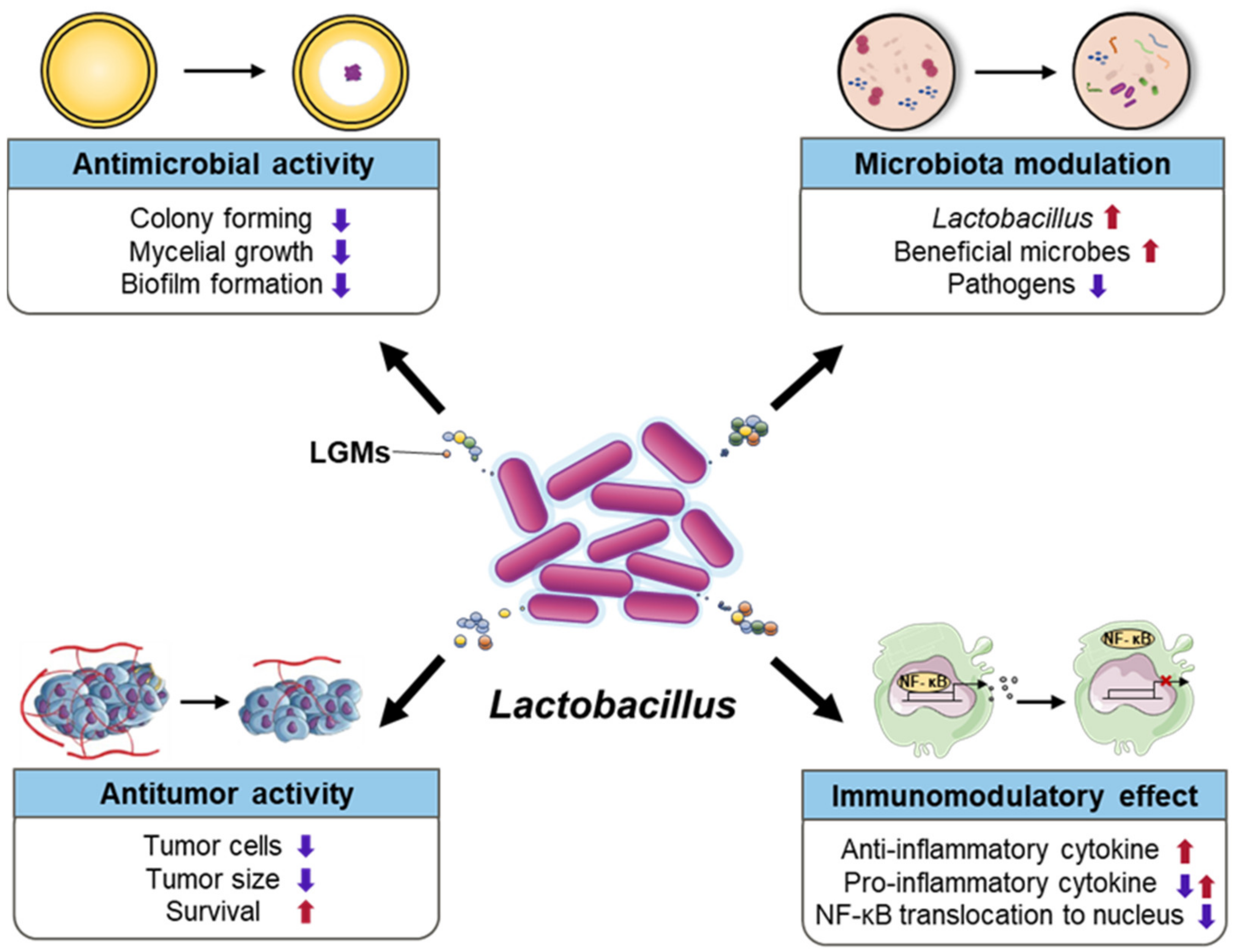

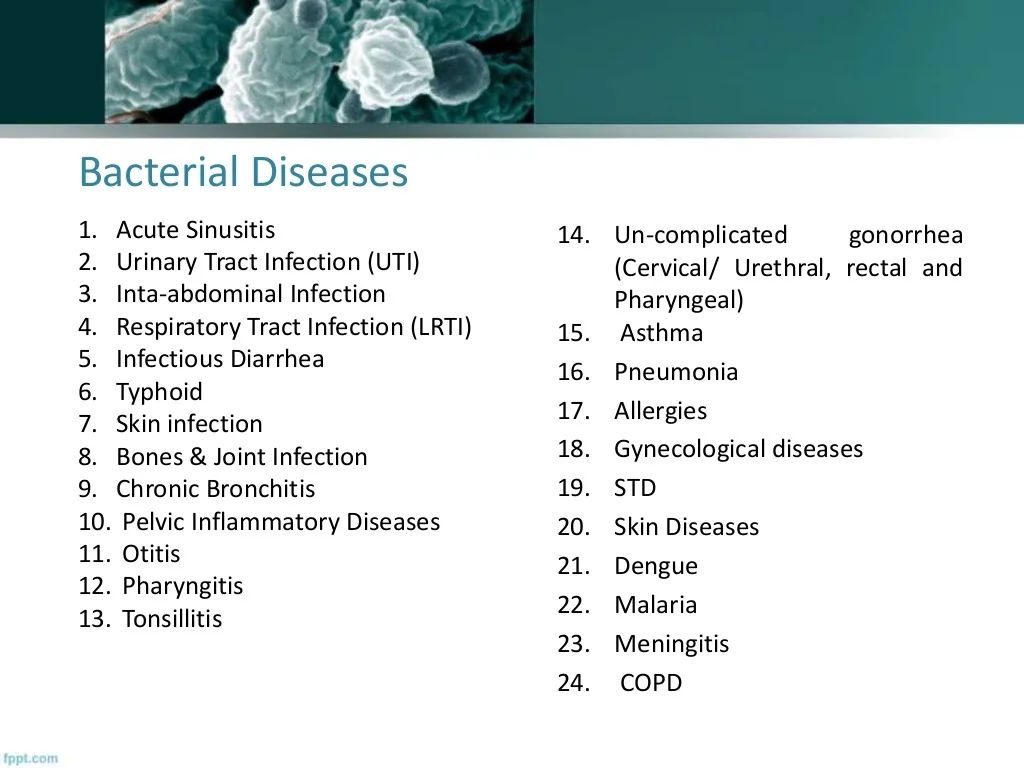
:max_bytes(150000):strip_icc()/scary-diseases-caused-by-bacteria-373276_FINAL-5c782a4546e0fb00011bf286.png)
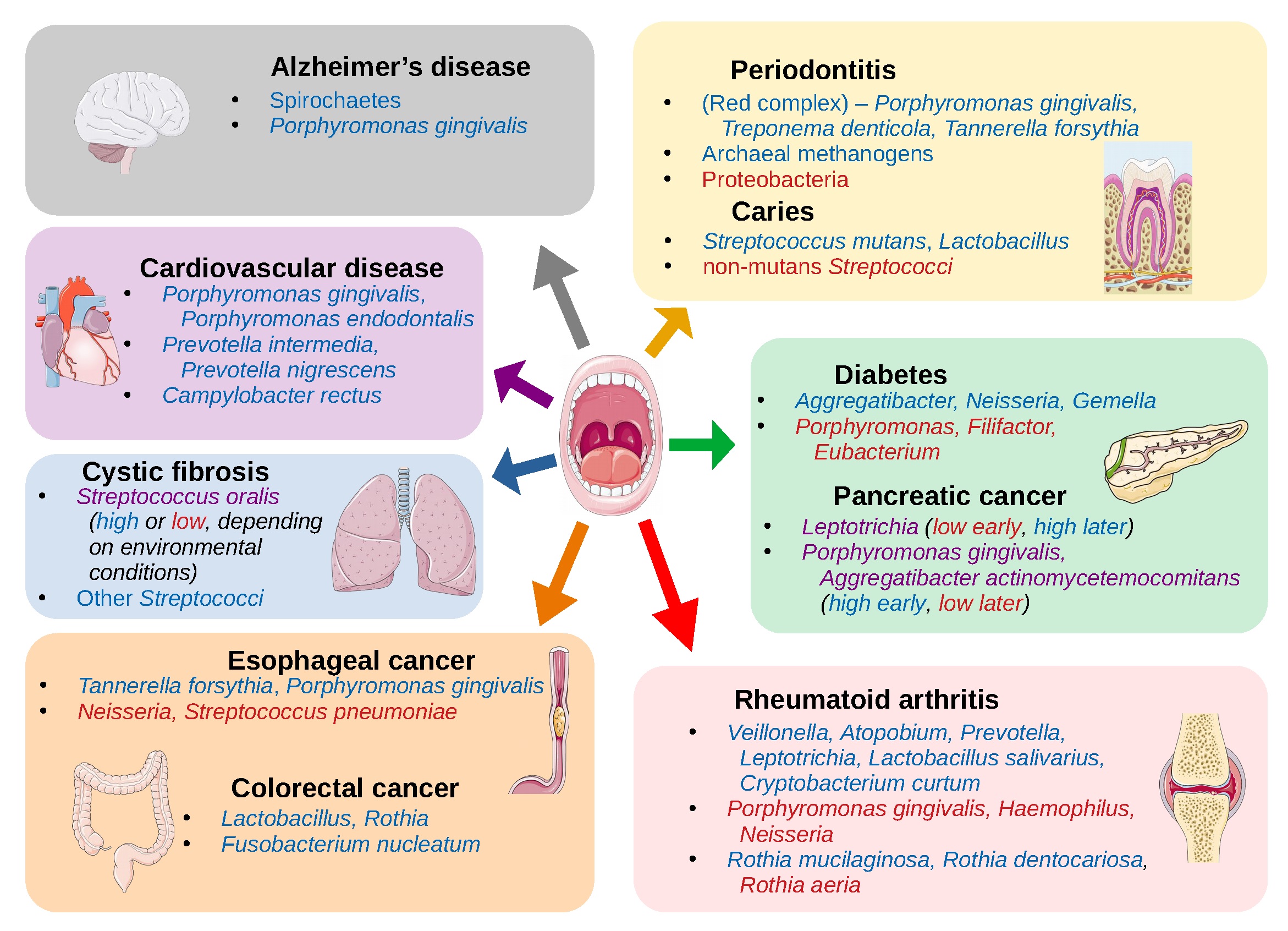
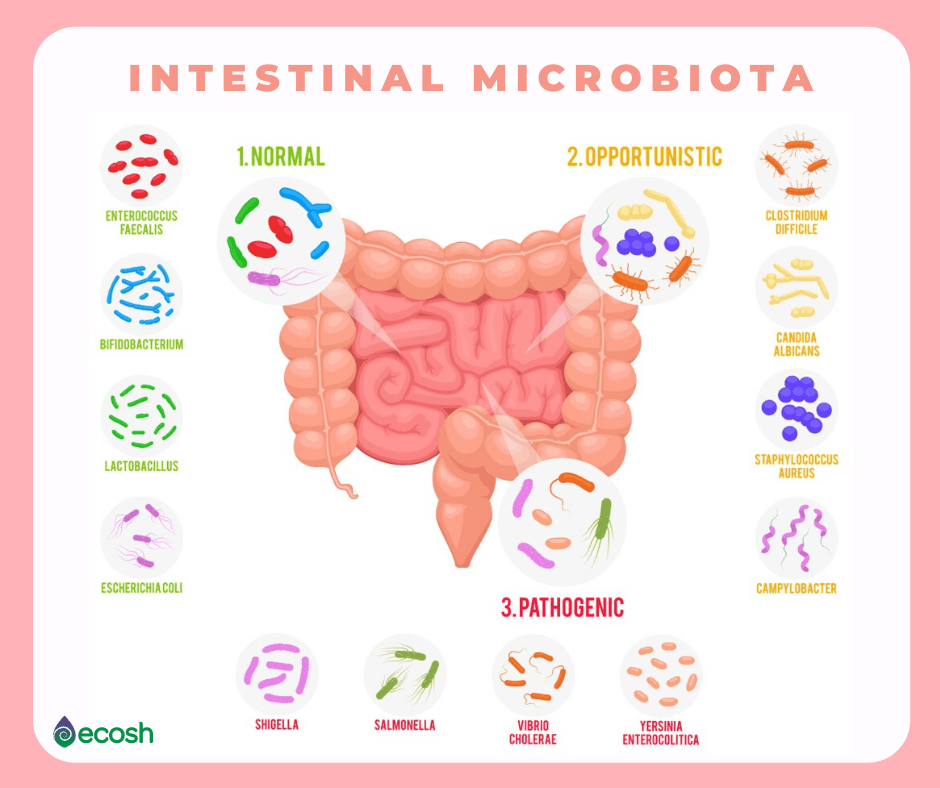
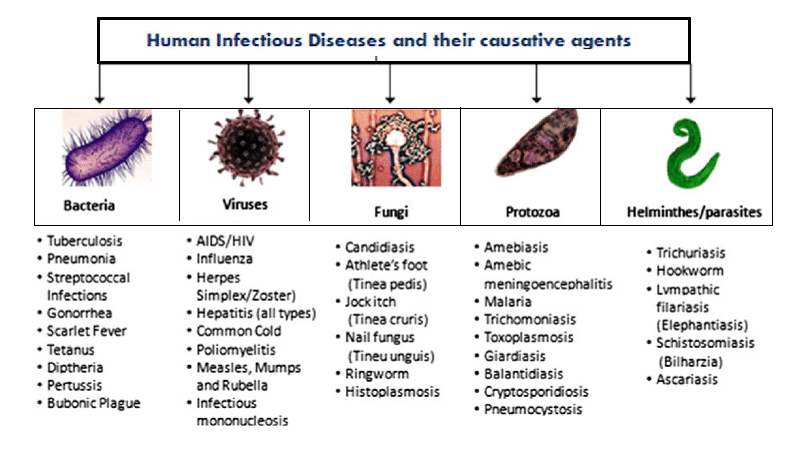
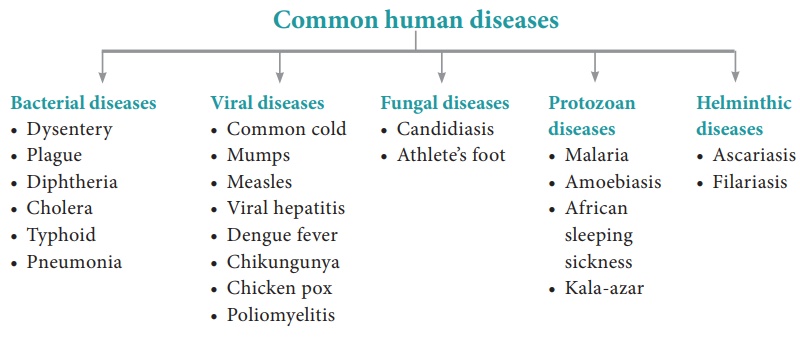

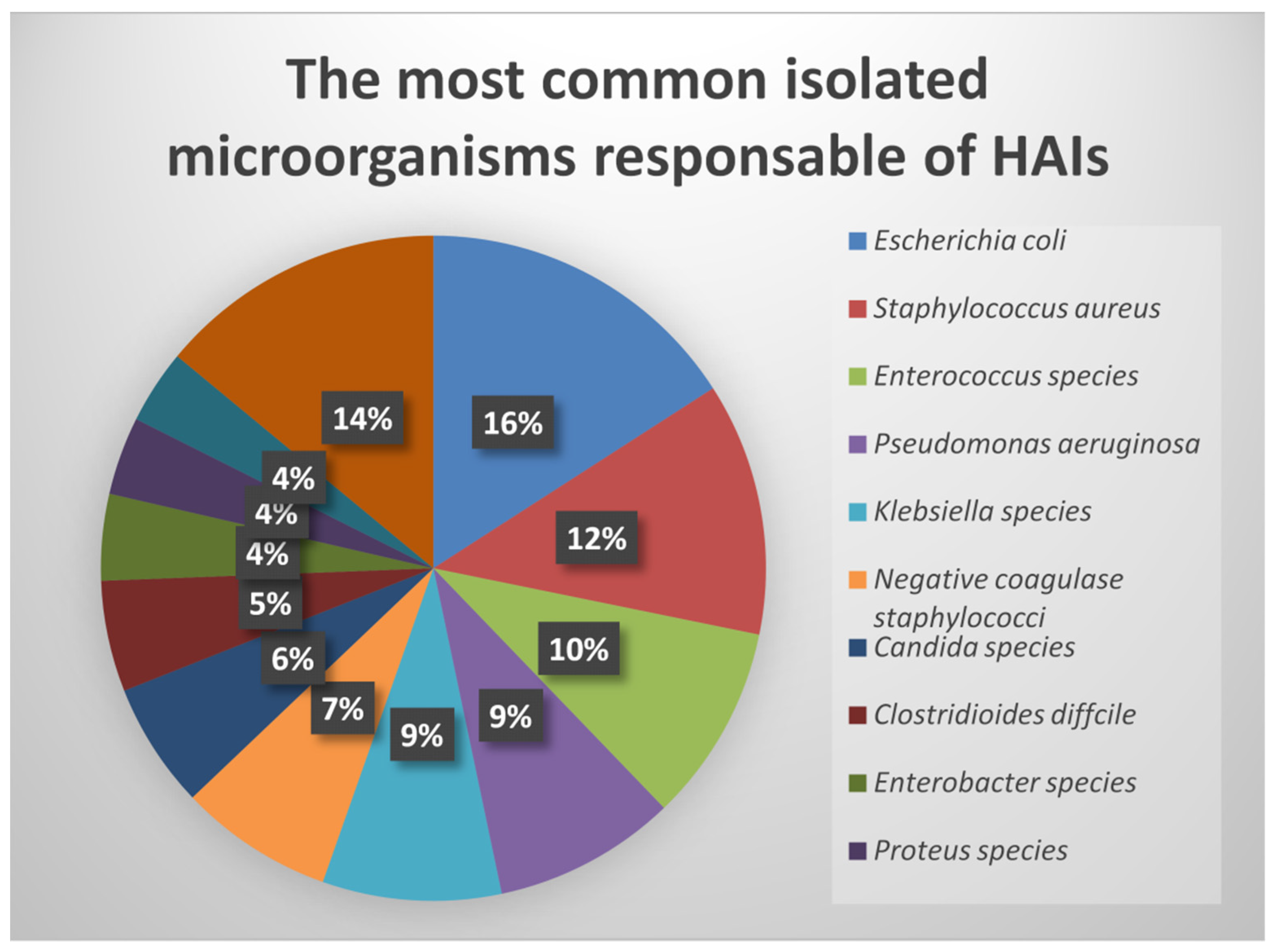
..jpg)

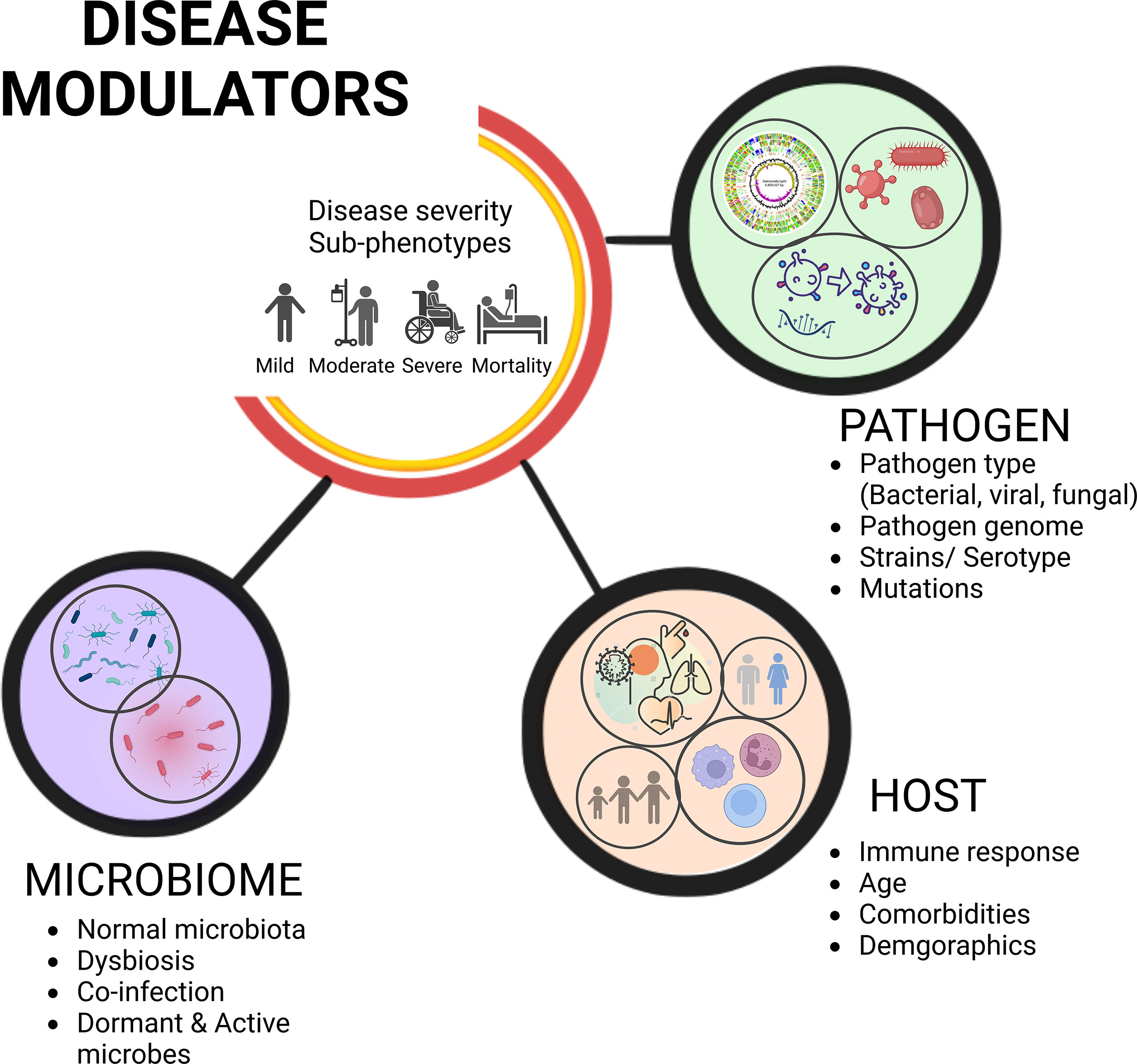
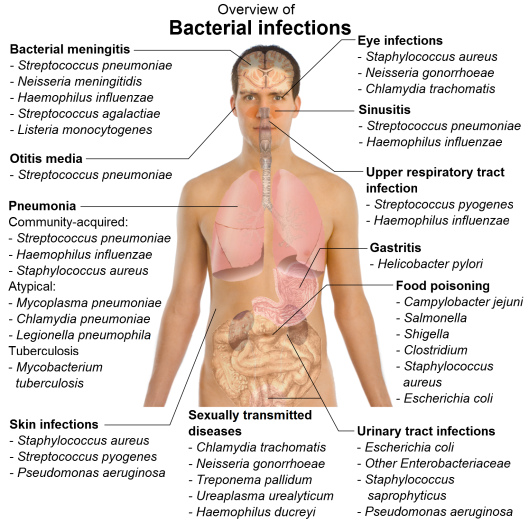
.jpg)


